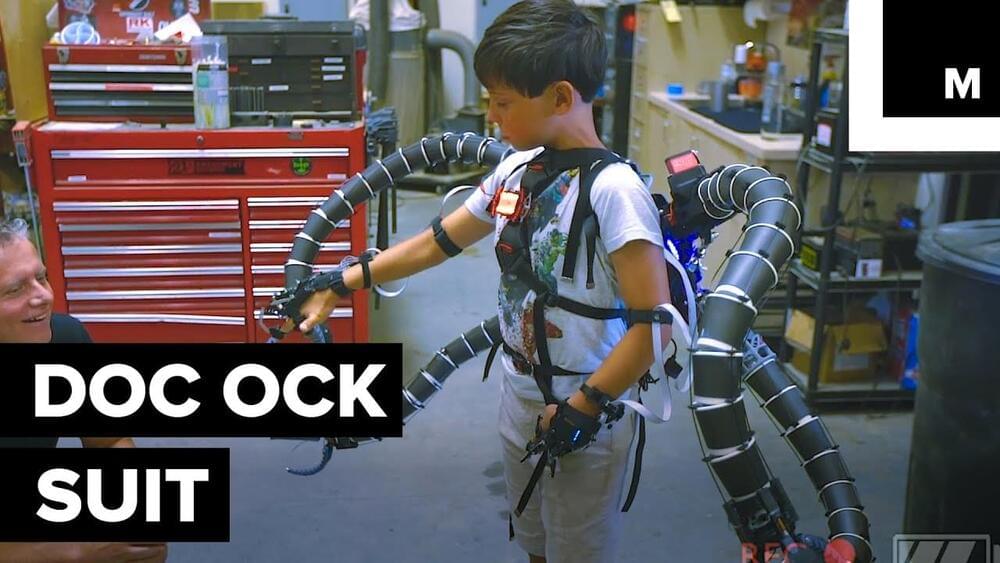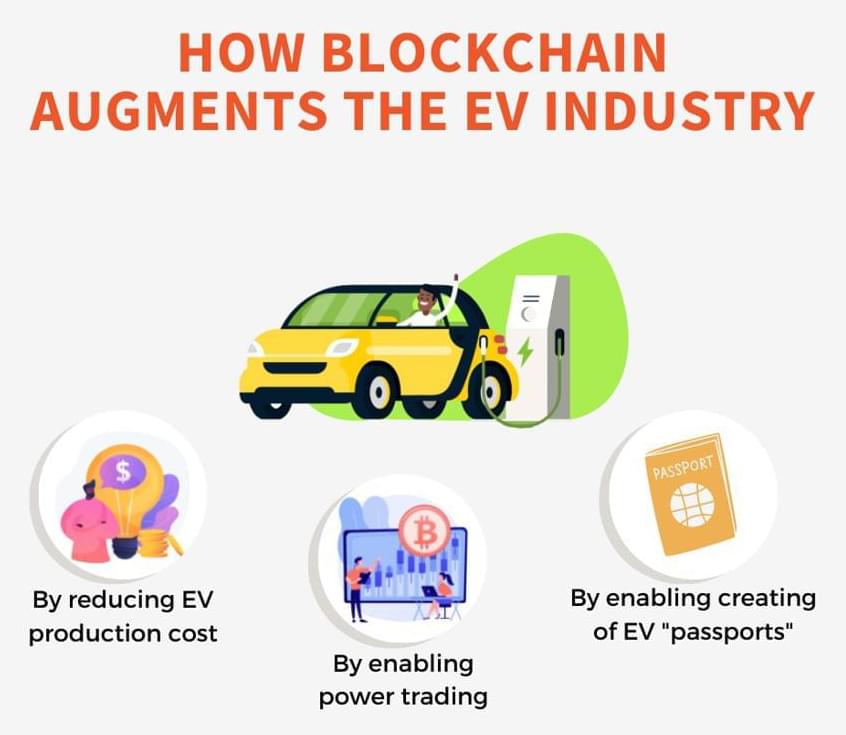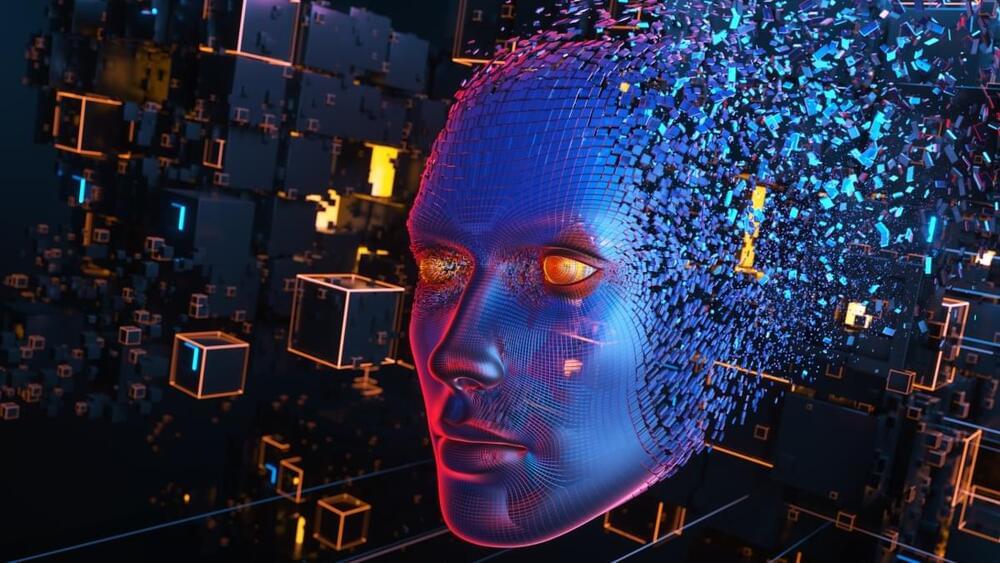A congressman proposes a game-changing crypto bill, which could be a catalyst for the price of bitcoin, ethereum, bnb, solana, cardano, XRP.



How about this as an incentive to relocate: $10K in crypto and a bike.
Northwest Arkansas hopes to lure remote tech workers and entrepreneurs to the region by offering them $10,000 worth of Bitcoin (BTC-USD) and a bicycle.
“Northwest Arkansas is one of the fastest-growing regions in the country, and we’re now seeing more explosive growth in our tech sector,” said Nelson Peacock, president and CEO of the Northwest Arkansas Council.

TABLE OF CONTENTS —————
0:00–21:02 : Introduction (Meaning of Life)
21:03–46:14 CHAPTER 1: Transhumanism and Life Extension.
TWITTER https://twitter.com/Transhumanian.
PATREON https://www.patreon.com/transhumania.
BITCOIN 14ZMLNppEdZCN4bu8FB1BwDaxbWteQKs8i.
ETHEREUM 0x1f89b261562C8D4C14aA01590EB42b2378572164
LITECOIN LdB94n8sTUXBto5ZKt82YhEsEmxomFGz3j.
#1 ) THE GENETIC PATHWAY
46:15–58:52 CHAPTER 2 : Biological Aging a. “Programmed Cell Death” Theory of Aging b. “Intercellular Competition” Theory of Aging c. “Antagonistic Pleiotropy” Theory of Aging.
#2 ) THE CYBERNETIC PATHWAY
58:53–1:12:26 CHAPTER 3 : Cyborgs.
1:12:27–1:24:35 CHAPTER 4 : Artiforgs.
1:24:36–1:41:10 CHAPTER 5 : Prosthetics.
1:41:11–2:00:44 CHAPTER 6 : Bionics.

Circa 2018
19-year-old Erik Finman, a self-made Bitcoin millionaire, took some free time to make a functional Dr. Octopus suit. Besides looking so cool, it also works as a prosthetic prototype.
For more videos, subscribe to Mashable Daily: http://on.mash.to/SubscribeNews.
Visit Mashable on the web: http://mashable.com/
Give us a follow:
Facebook: https://www.facebook.com/mashable/
Twitter: https://twitter.com/mashable/
Instagram: https://www.instagram.com/mashable/

It should be noted that in 2020, rug pulls accounted for just 1 per cent of the under $5 billion in total illicit revenue.
Earlier, in November, millions of dollars vanished in a matter of minutes after investors piled into a new cryptocurrency inspired by “Squid Game,” the popular Netflix survival series, only to watch its value plunge to nearly zero in a few short hours. Then Squid went on a roller-coaster ride. In a 10-minute span later on Monday, the token’s value grew from $628.33 to $2,856.65, according to CoinMarketCap, a crypto data tracking website. Then, five minutes later, it traded at $0.0007.
Meanwhile, US Federal Bureau of Investigation (FBI) had issued a warning in November, against cybercriminals that are using Bitcoin ATMs and QR codes to defraud unsuspecting individuals. The FBI in a recently released Public Service Announcement (PSA), said that it has witnessed an increase in scammers directing victims to use physical cryptocurrency ATMs and digital QR codes to complete payment transactions.

Go beyond the hype.
Dubbed as the internet of tomorrow, Web 3.0 seems to be the next big thing that’s going to change our lives by fundamentally reshaping the internet.
Web 3.0 is an upgrade to the Web, a meta technology for business software, a social movement for open data, and a new generation for artificial intelligence.
Large corporations are usually getting hacked, resulting in the exposure of millions of user data, and a McKinsey report from last year shows that almost all industries have got a trust rate of less than 50 percent.
But the new generation of the web, Web 3.0, could solve some privacy concerns as it features the internet on blockchain technology. Storing any data on blockchain makes that data decentralized, making the company’s data usage transparent, thus protecting it from breaches. However, returning the ownership of their data back to consumers could potentially disrupt the tech industry since tech giants would eventually lose access to the data that initially gave them a boost in an already competitive market.
Full Story:


You may not see them coming, but the effects of climate change are starting to be felt in certain parts of the world. An example of this is the destruction of several coral reefs around the globe in recent years. As devastating as that sounds, it is only the prologue to a long list of potentially catastrophic events yet to arrive. In the long term, climate change threatens to eventually drive humans towards extinction. Therefore, while little steps, like planting more trees and turning out lightbulbs when not in use, are certainly useful, bigger steps are needed to fend off the devastating effects of climate change.
An internal combustion engine is one of the prime contributors to climate change-causing carbon emissions. Such engines produce large quantities of nitrogen oxide, carbon monoxide and other hydrocarbons that harm the environment and cause respiratory disorders in individuals. Due to these—and many more—reasons, electric vehicles, or EVs, need to replace the ones with traditional combustion engines.
EV owners can save about US$700 a year on fuel costs alone. Also, the maintenance expenses of EVs are lower than those of standard vehicles. So, owning EVs can help them save money and reduce their extreme reliance on fossil fuel, thereby slowing down its inevitable depletion from the earth. Additionally, EVs are incredibly efficient as they only consume approximately 25–40 kWh per 100 miles. Most importantly, EVs reduce CO2 emissions by nearly 178 million kg. What’s more, despite the high fuel efficiency and smaller carbon footprint, EVs can outperform vehicles with traditional combustion engines easily.

While AI can provide real-time analysis of enormous amounts of data, an AI system coupled with blockchain technology can provide a transparent data governance model for quicker validation amongst various stakeholders through smart contracts and DAOs.
Blockchain benefits can address AI’s shortcomings
Applying the benefits of blockchain technology can help address various shortcomings of AI and help in increasing people’s trust in AI-based applications. With Blockchain, AI applications acquire the qualities of decentralization, distributed data governance, data immutability, transparency, security, and real-time accountability. Many AI-enabled intelligent systems are criticized for their lack of security and trust levels. Blockchain technology can essentially help in addressing the security and trust deficit issues to a significant extent. Enormous challenges remain for both blockchain technology and Artificial Intelligence. Still, when combined, they display tremendous potential and will complement each other to restore the trust factor and improve efficiency at large.

Digital fashion marketplaces have recently opened, including DressX, hoping that shoppers will be keen to start a virtual wardrobe. Credit: DressX
Outfitting our digital personas is nothing new, from making pixelated Dollz in the early 2000s to shopping these days for new wardrobe additions in Animal Crossing. The video game industry has more recently laid the groundwork for digital fashion, with outfits or “skins,” in games like Overwatch and Fortnite generating billions in revenue.
Some major fashion players have already begun capitalizing on the gaming market — in 2019, Louis Vuitton designed skins for League of Legends, and Nike and Ralph Lauren have this year offered avatar accessories through the virtual world-building platform Roblox. Outside of gaming environments, NFTs — or non-fungible tokens, which use blockchain technology to verify ownership of digital assets — have allowed digital fashion to be monetized more broadly as well. (This fall, Dolce & Gabbana’s NFT collection sold out for 1,885.719 ETH, at the time equivalent to $6 million).